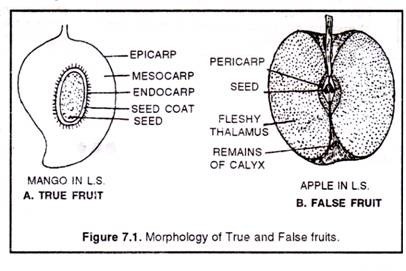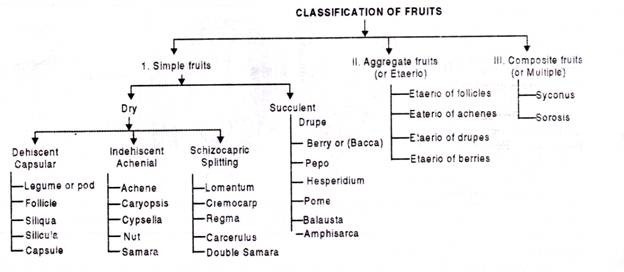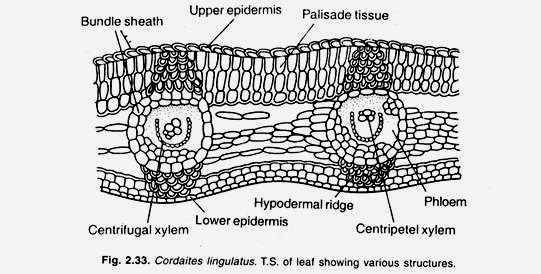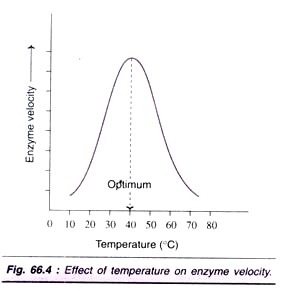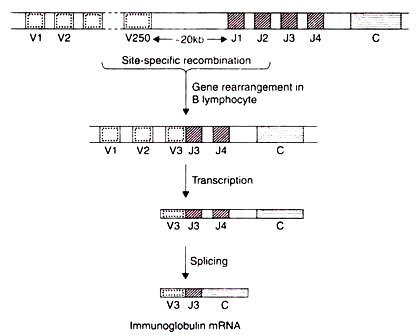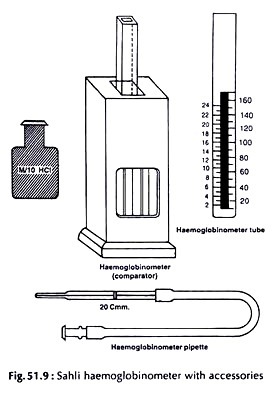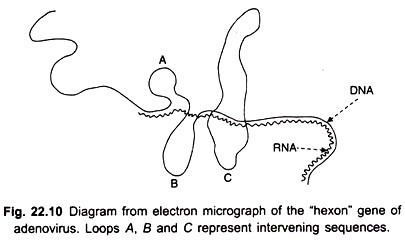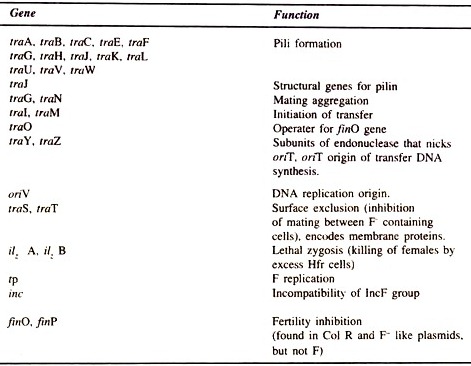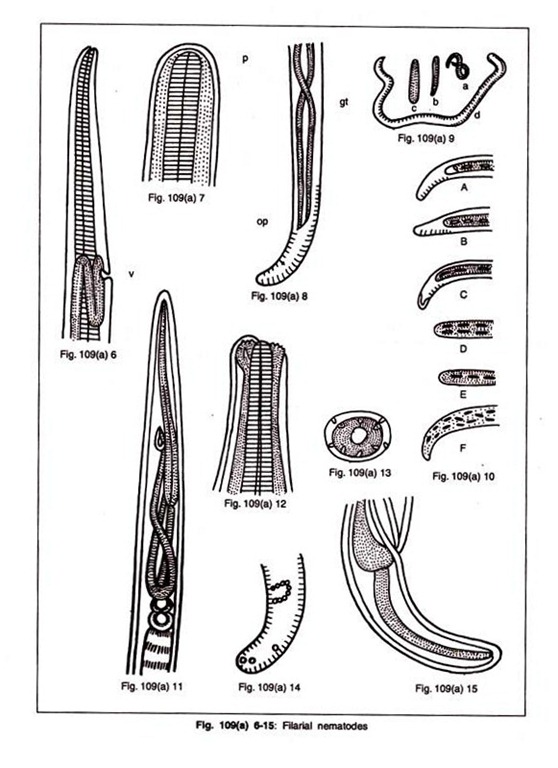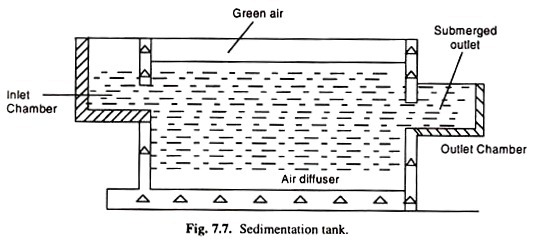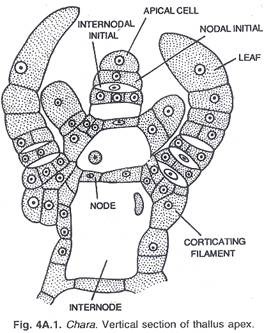ADVERTISEMENTS:
It is not easy to define a fruit. For a common man fruit means a sweet, juicy or pulpy, coloured, aromatic structure that encloses seed(s).
Botanically, a fruit develops from a ripe ovary or any floral parts on the basis of floral parts they develop, fruits may be true or false.
(i) True Fruits:
ADVERTISEMENTS:
A true fruit or eucarp is a mature or ripened ovary, developed after fertilization, e.g., Mango, Maize, Grape etc. (Fig. 7.1 – A).
(ii) False Fruits:
A false fruit or pseudo-carp is derived from the floral parts other than ovary, e.g., peduncle in cashew-nut, thalamus in apple, pear, gourd and cucumber; fused perianth in mulberry and calyx in Dillenia (Or. Ou). Jack fruit and pine apple are also false fruits as they develop from the entire inflorescence. False fruits are also called spurious or accessory fruits (Fig. 7.1.-B).
ADVERTISEMENTS:
(iii) Parthenocarpic fruits:
These are seedless fruits that are formed without fertilization, e.g., Banana. Now a day many seedless grapes, oranges and water melones are being developed by horticulturists. Pomology is a branch of horticulture that deals with the study of fruits and their cultivation.
Morphology of a Typical Fruit:
A fruit consists of pericarp and seeds. Seeds are fertilized and ripened ovules. The pericarp develops from the ovary wall and may be dry or fleshy. When fleshy, pericarp is differentiated into outer epicarp, middle mesocarp and inner endocarp.
Types of Fruits:
On the basis of the above mentioned features, fruits are usually classified into three main groups:
(1) Simple,
(2) Aggregate and
(3) Composite or Multiple fruits.
When a single fruit develops from a single ovary of a single flower, it is called a simple fruit. The ovary may belong to a monocarpellary simple gynoecium or to a polycarpellary syncarpous gynoecium. There are two categories of simple fruits—dry and fleshy.
Simple fruits are of two types:
1. Dry Fruits:
These fruits are not fleshy, and their pericarp (fruit wall) is not distinguished into three layers.
ADVERTISEMENTS:
2. Succulent Fruits (Fleshy fruits):
In these fruits pericarp is distinguished into epicarp, mesocarp and endocarp. Mesocarp is fleshy or fibrous. These fruits are indehiscent, and seeds are liberated after the decay of the flesh.
1. Dry Fruits:
Three types of dry fruits are distinguishable:
ADVERTISEMENTS:
(A) Dehiscent Fruits (Capsular Fruits):
Characteristic of these fruits is that their pericarp rupture after ripening and the seeds are disseminated.
(B) Indehiscent Fruits (Achenial Fruits):
As their name indicates, pericarp of such fruits does not rupture on ripening and the seeds remain inside.
ADVERTISEMENTS:
(C) Schizocarpic Fruits (Splitting Fruits):
These fruits fall in between the above-mentioned two categories. Here, the fruit on ripening divides into one-seeded segments or mericarp; but the mericarps remain un-ruptured.
(A) Dehiscent Fruits (Capsular Fruits) (Fig. 7.2):
Depending on the mode of dehiscence, these fruits can be divided into the following five classes:
1. Legume or Pod:
Legume develops from a superior, monocarpellary, unilocular ovary. At maturity, the fruit dehisces along both the sutures i.e. ventral as well as dorsal. It is characteristic of family Leguminosae (Pea, Gram etc).
2. Follicle:
It is similar to legume but it dehisces only along the ventral suture, e.g. Larkspur, Calatropis, Michelia, Vinca.
3. Siliqua:
Siliqua develops from a bicarpellary, syncarpous, superior ovary which is unilocular but becomes bilocular due to a false septum called replum. It is an elongated fruit in which dehiscence occurs along both the sutures from base to apex and the seeds attached to the replum get exposed. Example-Brassica (Mustard).
4. Silicula:
A short and flattened siliqua is called silicula. It is almost as broad as long. Examples: Iberis amara (Candytuft), Capsella bursa-pastoris (Shepherd’s purse).
ADVERTISEMENTS:
5. Capsule:
It is a simple dry many seeded dehiscent fruit developing from a multi-carpellary syncarpous ovary.
On the basis of dehiscence capsules are of the following types:
(i) Porocidal:
The dehiscence occurs through pores as in Poppy (Papaver) (Fig. 7.3.-A).
(ii) Pyxis:
This is a special name given to a capsule when the dehiscence is transverse so that the top comes off as a lid as if exposing a box of seeds, e.g., Celosia (Cock’s comb), Amaranth us, Chalfweed (fig. 7.3-B).
(iii) Loculicidal:
The dehiscence occurs by longitudinal slits which open into the loculi, e.g., 1 dy’s finger (Abelmoschus) (Fig. 7.3-C).
(iv)Septicidal:
The dehiscence line appears along the septa, e.g.. Linseed, Cotton (Fig. 7.3D) to the central axis ,eg. Datura (Fig. 7.3-E).
(v) Sentifragai:
Tin- broken parts separate exposing the seeds attached to the central axis, e.g Datum (Fig. 7.3-E)
(B) Indehiscent or Achenial Fruits:
Achenial fruits are simple, indehiscent, single seeded having a thin, dry, woody or leathery pericarp.
There are five common types of achenial fruits:
1. Achene (Fig. 7.4-A):
The pericarp of the fruit is free from the testa of the seed. The seed is attached to the pericarp only at one point. It develops from superior monocarpellary pistill having unilocular and uniovuled ovary, e.g., Mirabilis jalapa, but more commonly achenes occur in the form of aggregate fruits as in Ranunculus and Clematis etc.
2. Caryopsis (Fig. 7.4-B).
It is similar to achene except that in this case pericarp and testa are inseparably fused as in cereals. It is a characteristic future of family Gramineae. Example—Wheat, Maize etc.
3. Cypsela (Fig. 7.4 -C):
11 is a characteristic feature of family Compositae. The fruit wall is free from testa and a typical feature of the fruit is the presence of a pappus having a crown of hair like processes which helps in wind-dispersal. The fruit develops from bicarpellary, syncarpous, interior ovary having a single basal ovule, e.g., Sonchus, Dandelion etc.
4. Samara:
It develops from a monocarpellary pistil with a superior, unilocular and uniovuled ovary. The pericarp is expanded in the form of wings which help in dispersal. Example—Holoptelea and Elm (Fig. 7.4.-D).
5. Nut:
The pericarp is harder and leathery or woody. It may develop from a simple or compound pistil with superior or inferior, uniovuled ovary. Examples—Quercus (Oak), Litchi and Cashew-nut Trapa etc. (Fig. 7.5). In case of Litchi pericarp is hard and leathery. The edible part is aril which is an outgrowth of testa from the micropylar end and becomes juicy
(C) Schizocarpic or Splitting Fruits:
These fruits maybe considered intermediate between achenial (being indehiscent) and capsular (being many seeded) fruits. The fruit breaks up into a number of indehiscent single-seeded segments called mericarps from which seeds are liberated only when pericarp gets rotten. In some cases one- seeded parts of the fruit are dehiscent and are called Cocci.
Schizocarpic fruits are of following 5 types:
1. Lomentum:
The fruit is constricted between the seeds and usually breaks up into segments containing one or more seeds, e.g. Mimosa, Acacia arabica (Fig. 7.6). In case of radish, the fruit is lomentaceous siliqua.
2. Compound Samara:
This is a type of two or more-chambered fruit derived from a syncarpous (i.e., compound) ovary. The pericarp is extended in the form of wings and at maturity the fruit breaks up % into single seeded mericarps. e.g., EIm (Holoptelea), maple (Fig. 7.7).
3. Cremocarp:
This is a two-seeded fruit derived from bicarpellary, syncarpous, inferior, bilocular and uniovuled ovary. It is a typical fruit of family umbelliferae. The two mericarps split along the central axis or carpophore to which they remain attached. Persistent style and stylopodium are present e.g. Coriander. (Fig. 7.8).
4. Carcerulas:
This fruit is derived from superior, syncarpous pistil, multilocular with axile placentation. The fruit splits into many mericarps. e.g. Hollyhock (Althaea rosea), Salvia, Ocimum (Fig. 7.9).
5. Regma:
It is derived from polycarpellary pistil which splits into as many Cocci (dehiscent segments) as there are carpels. Regma of castor breaks up into three cocci as it is derived from tricarpellary syncarpous pistil. Similarly, regma of Geranium breaks into five cocci as it is derived from five carpels (Fig. 7.10).
2. Succulent or Fleshy Fruits:
These are simple fruits with fleshy pericarp. The simple succulent fruits are of 3 types – drupe, pome and berrie.
1. Drupe:
The pericarp or fruit wall is differentiated into thin epicarp (skin) fleshy mesocarp and stony endocarp.Hence.it is also called as stone fruit, e.g., Mango, Coconut, Peach, Almond, Trapa etc. In mango, mesocarp is juicy and edible. In coconut mesocarp is fibrous and edible part is endocarp. In almond, epicarp and mesocarp get peeled off and only hard endocarp can be seen in marketed fruits. The edible part is cotyledons (Fig. 7.11).
2. Pome:
It is a simple, fleshy but false fruit as it is surrounded by a fleshy thalamus which is edible while actual fruit lies within, e.g., apple, pear, loquat etc. (Fig. 7.12).
3. Berry and Bacca:
Berry is a fleshy fruit in which there is no hard part except the seeds (Fig. 7.13). Pericarp may be differentiated into epicarp, mesocarp and endocarp. One or other of these layers may form pulp in which seeds are embedded which generally gets detached from the placenta.
The fruits derived from superior ovary are called superior or true berries as in brinjal, grape, tomato. False berries are derived from inferior ovary and thalamus and pericarp are fused as in banana and guava etc. In case of bannana (Fig. 7.13C) epicarp and thalamus are peeled off, mesocarp and endocarp with embedded unripe seeds forms the edible part. In case of Date, epicarp and mesocarp are edible while papery and thin endocarp is thrown away along with the seed.
There are some fruits which show variations from the normal berry:
(i) Pepo:
This develops from inferior ovary which is unilocular or falsely trilocular having parietal placentation. The seeds remain attached to placenta. The outer ring is very hard as in Cucurbits (Fig. 7.13D).
(ii) Hesperidium:
It develops from polycarpellary, syncarpous, superior, multilocuiar ovary with axile placentation. Epicarp forms the leathery peeling, mesocarp is in the form of fibres while the endocarp projects inwards forming distinct chambers from which juicy ingrowths in the form of hair arise which form the edible part, eg. Citrus (Orange, Lemon) (Fig. 7.13E).
(iii) Amphisarca:
It is derived from polycarpellary, syncarpous, multilocuiar and superior ovary. In this case, epicarp is woody. The placenta and inner layers of pericarp become pulpy and edible in which the seeds are scattered. The testa is muclilagenous, e.g., Aegle marmelose (Fig. 7.13-1).
(iv) Balusta:
It is a berry with an outer hard rind formed of epicarp and a part of mesocarp. The inward foldings of mesocarp form chambers. Each chamber is lined by papery endocarp which encloses a group of seeds. The seeds are covered by edible juicy testa. e.g., Pomranate (Fig. 7.13-G).
II. Aggregate Fruits:
Flowers with polycarpellary and apocarpous gynoecium give rise to a number of fruitlets as there are a number of free ovaries, each giving rise to one fruitlet. Sometimes, these fruitlets coalesce together appearing to be a single fruit but in many other cases, the fruitlets remain free from one another forming etaerio of fruitlets. An aggregate fruit is named according to the nature of fruitlets.
1. Etaerio of achenes:
Aggregate of achenes are found in Fragaria (strawberry), Rose, Ranunculus, Nelumbium (lotus) etc. Here each fruitlet is an achene; and achenes are hairy. In rose (Rosa), many achenes are present on a saucer (cup) – shaped thalamus. In lotus (Nelumbium), thalamus becomes spongy and some achenes are embedded in it. In strawberry [Fragaria), the thalamus is fleshy and becomes red on maturation and is the edible part (Fig. 7.14).
2. Etaerio of follicles:
Etaerio of follicles can be seen in Aconitum, Catotropis, Crypiostegia etc. In Aconitum three fruitlets from each flower while two fruitlets (follicles) develop from one flower in Calotroiis, Cryptostegia and Michelia (Fig. 7.15).
3. Etaerio of samaras (Fig. 7.16).
It can be studied in Ailanthus where many winged samaras develop from one flower.
4. Etaerio of berries:
In Artabotrys berries occur in a bunch. In Anona squomosa (Custard apple) the berries become very fleshy and being crowded together on a thick thalamus form a complex single fruit (Fig. 7.17). The apices of berries fuse together forming something like a common rind.
5. Etaerio of drupes (Fig. 7.18):
It is an aggregate of small drupes or drupelets developing from different carpels of a flower, and arranged collectively on fleshy thalamus, e.g. Rubus idaeus.
III. Composite Fruits:
A fruit developing from a complete inflorescence is called a multiple or a composite fruit.
There are two main types of composite fruits:
1. Sorosis:
This type of fruit is found in Mulberry, Pineapple and Jack fruit (kathal). These fruits are derived from catkin, spike and spadix type of inflorescence (Fig. 7.19).
Mulberry (Morus indica) fruit develops from catkin in which fleshy perianth encloses dry achenes.
In jack fruit, thick club-shaped peduncle has the flowers arranged on it. The fertile fruits have juicy, edible perianth lobes and the bracts form more or less juicy chaffs around them. The spines on the tough rind represent the stigmas of the carpels. Each seed is covered by a membranous testa. In Pineapple (Ananas sativus), the ovaries are not so conspicuous, edible portion being formed by peduncle, perianth and bracts. Each polygonal area on the surface represents a flower. This fruit develops from an intercalary spike.
2. Syconus:
This fruit develops from the hypanthodium type of inflorescence and is characteristic of Ficus. In fig, Banyan etc. (Fig. 7.21) female flowers within the closed receptacle (which becomes fleshy) of the inflorescence develop into achenes giving rise to a multiple fruit of achenes.

